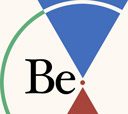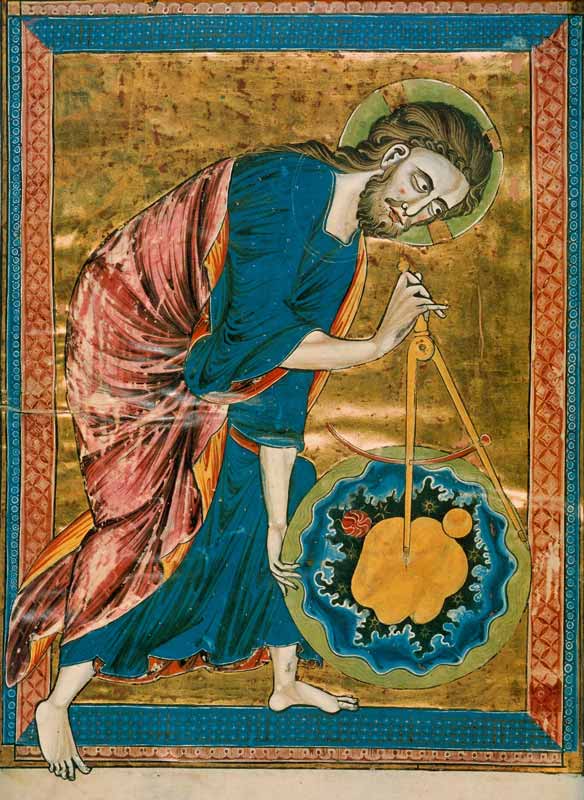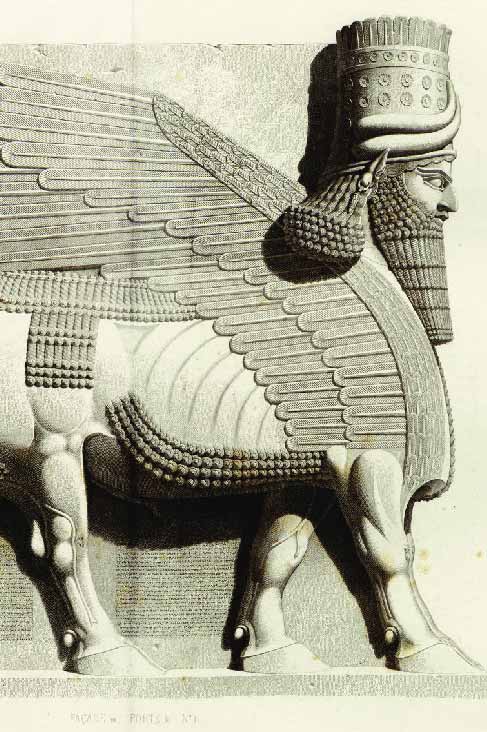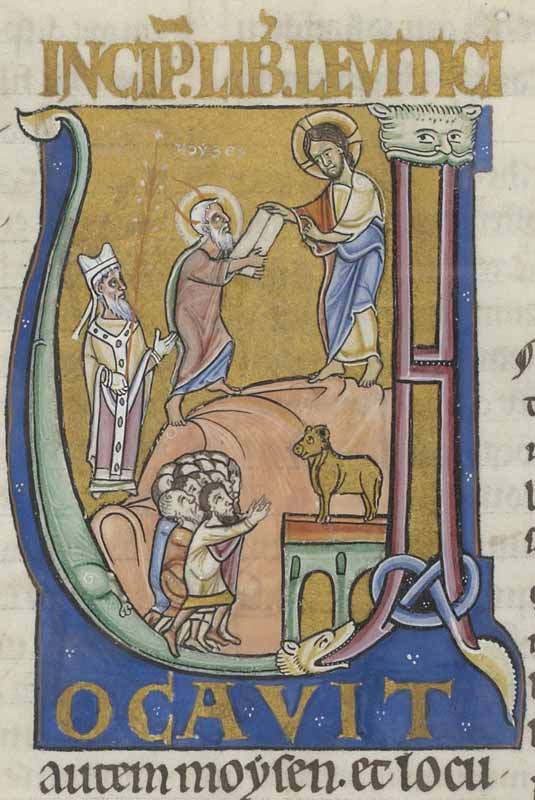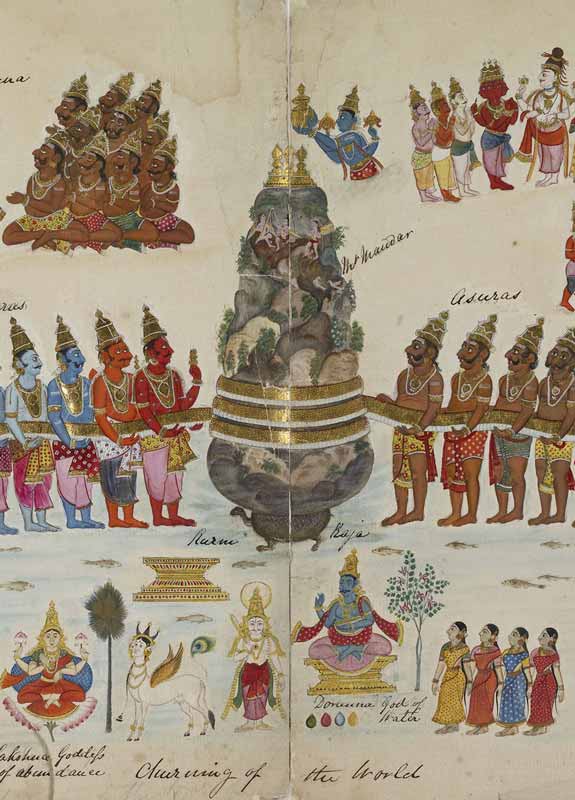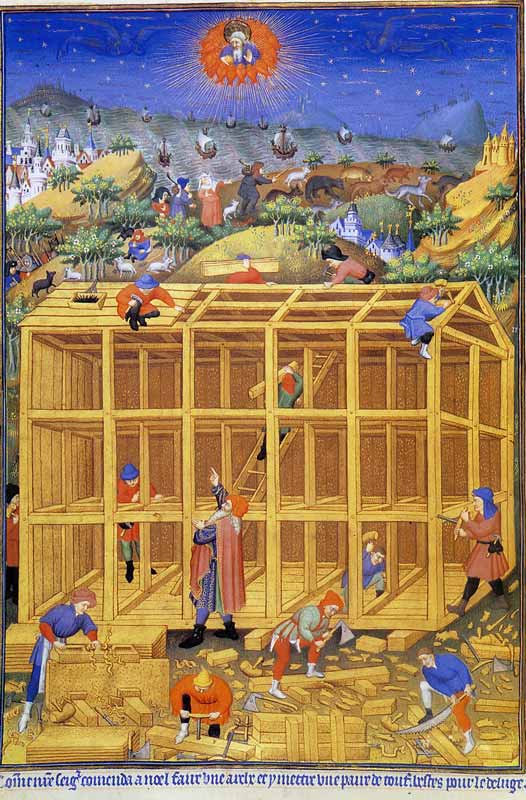Online gathering
Introducing our TeachingJoin us for a six-day online presentation introducing the methods and origins of our teaching…
August 5 – 10
Where do our methods come from? Where does the extensive theory that supports them find its origins? Join us for a journey to the ancient and diverse roots of The Old New Method. Each session will span two hours with an intermission, will cover a fundamental aspect of our teaching, and will conclude with a practical exercise for the following day. The group’s observations and discoveries will lay the groundwork for the next session.
The gathering will be at a cost. The meetings will be recorded and made available for viewing afterwards. Read more below:
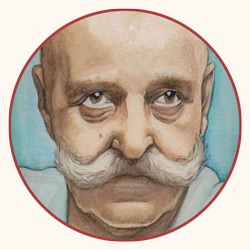
In distant times there existed a real knowledge, but owing to all kinds of life circumstances, political and economic, it was lost and only fragments of it remain.
The Micro-Cosmos Human Being
Psychological doctrines divide into two general approaches: one considers humans as isolated beings and studies their psyche as a phenomenon particular to them; the other draws similarities between their makeup and functioning to other worlds or cosmoses. Our teaching branches off from this second school of thought, approaching humans as a world in miniature, a micro-cosmos.
This approach recognizes that human beings and the world they inhabit reflect each other. Both are governed by the same principles and it is impractical to study them separately. We can learn about ourselves through studying the world and we can learn about the world through studying ourselves.
The Parts that Comprise the Micro-Cosmos
A ‘cosmos’ implies parts coming together to form a whole, and a particular interrelation between these parts. Our first session will survey the general mapping of our psychology as outlined in the Judeo-Christian tradition. An exercise will be presented that will help in visualizing this mapping. Practitioners’ observations will be shared on a group channel to gather as many examples as possible.
God the Geometer | Bible Moralisee | 1220-1230 C.E.
‘World’ is a collective name, embracing what are called passions. When we want to speak of passions collectively, we call them ‘the world’; when we want to distinguish between them according to their different names, we call them passions.
The Philokalia
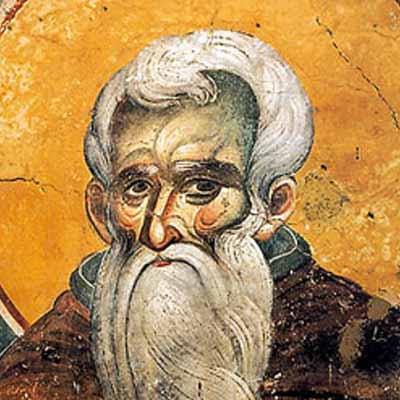
Mara Attacking Siddhartha | Thailand | 19th c. C.E.
The Starting Point
We Live Below the Normal Level
We do not naturally possess the harmony typical of a cosmos. The exercise that concluded the first session will have helped reveal that the mirror-image relationship between us and a harmonious cosmos is incomplete. The parts that comprise our being live in constant competition. For certain reasons, something has gone wrong and has placed us in a position inferior to our birthright.
Our second session will draw from Buddhism to explain this handicap. According to the Buddhist tradition, not only are we incomplete, there is also an element within us that is actively interested in keeping us at a substandard level. Work on ourselves will inevitably confront this active resistance.
Identification
Our substandard state is rooted in a lack of government of our parts. As it stands, each impulse that arises in our cosmos at any moment is free to take charge of the whole. This state is called identification. We will survey the mechanism behind this disabling state and end our second session with an exercise intended to challenge it.

We live below the normal level. First we must reach the normal level, and second, we must try to develop new things and possibilities.
Establishing Government
On the scale of a nation, lack of government is clear and unmistakable. Nothing functions properly and factions wage constant war with each other. For this reason, many ancient teachings presented the consequences of internal anarchy by drawing analogies to historical events. They used the macro-cosmos to explain the micro-cosmos.
Our ability to govern the whole stands in direct proportion to our knowledge of the parts. We will draw on the image of the Assyrian Sphinx to understand how the different parts come together harmoniously. We will then undertake a more nuanced exploration of the parts and lay the groundwork for observing them.
Self-Observation
Self-observation in real time is diametrically opposed to identification; it represents the first step towards internal government. If we can see a thought, a posture, or an emotion at the moment it arises—and remain observant of it—that already prevents that part from taking credit for the whole. Upon this ability hinges the restoration of our cosmos’s harmony.
Assyrian Sphinx | Dur-Sharrukin | 8th c. B.C.E.
The best rulers are scarcely known by their subjects;
The next best are loved and praised;
The next are feared;
The next despised.
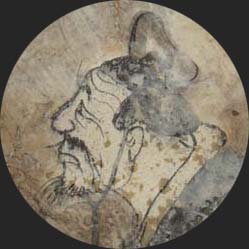
Mount Sinai | Glossa Ordinaria| 1175-1300 C.E.
Temporary Government
The Role of the Thinking Function
The warring parts that comprise our cosmos are also the potential source of its redemption. We fulfill this potential by disciplining them. In this fourth session, we will examine the role of the thinking function in establishing inner government.
Our thinking function can retain something we’ve understood long after the details of the experience that triggered our understanding has faded. Moreover, it can encapsulate this understanding into a sentence or even a word that can rekindle the understanding when the same or a similar experience recurs.
Establishing Laws
This capacity of the thinking function enables us to establish laws. We can create standards based on what we observe, that can prevent each part from constantly taking charge of the whole. We will draw from the Tablets of Law given to Moses on Mount Sinai to understand how this power over abstraction can help establish a temporary government.

While in Paradise, Adam worshiped God based on direct knowledge of Him, after which He brought him down to earth in order for him to worship Him based on legal obligation. Once he had experienced both types of servant-hood, he was worthy to be a steward.
Sheikh Abu al-Abbas
Real Government
The Role of the Emotional Function
While the laws established by our thinking function can temporarily restrain our internal anarchy, long-lasting government ultimately requires the development and influence of our emotional function. In the fifth session, we will examine the knowledge behind this process and experiment with its practical application.
We will draw from a Hindu myth that portrays allegorically the creation of unity out of multiplicity. It splits our inner landscape in two: the reactive part and the part that observes. Through a certain sequence of efforts, our sense of identity—our sense of ‘I’—is transferred from what we observe to the part in us that is the observer.
The Master
This transformation is the ultimate reward described by those teachings that approach the human being as a micro-cosmos. They all recognize the existence of higher capacities as hidden possibilities that need to be developed through methodical work. In studying how this potential can be fulfilled, we come to understand why it cannot be given to us; only by taking responsibility for governing ourselves do we earn the right of becoming a true cosmos.
Churning of the Milky Ocean | Andhra Pradesh | c. 1820 C.E.
Brahman is indivisible and pure;
Realize Brahman and go beyond all change.
He is immanent and transcendent.
Realizing him, sages attain freedom
And declare there are no separate minds.
They have but realized what they always are.
Upanishads
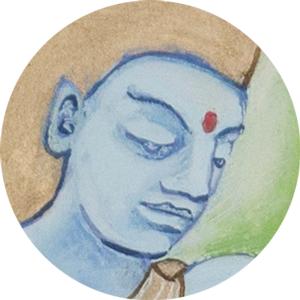
Noah’s Ark | Bedford Hours | 1423 C.E.
The Long Body of Schools
Ark in Time
At the conclusion of our gathering, we will take a step back from ourselves as individual practitioners to examine the origins of the knowledge we have been utilizing. Group work never happens in isolation; it is reliant on help from past groups who practiced, refined, and bequeathed their methods to those that would follow them. On our six-day journey, we will have gained a broader picture of how this teaching has been handed down through the ages, forming an ark that has withstood the floods of time.
The Old New Method
And while the knowledge we utilized was drawn from major traditions such as Judaism, Christianity, Hinduism, Buddhism, and the Babylonian civilization, in our last session we will reach beyond these traditions to their source. These renowned teachings were all built on the framework of nature. Nature was always their foundation because humans are miniature replicas of nature. By reaching to the source of these historical myths, we bypass the biases associated with their religious manifestations and tap into their essential message.
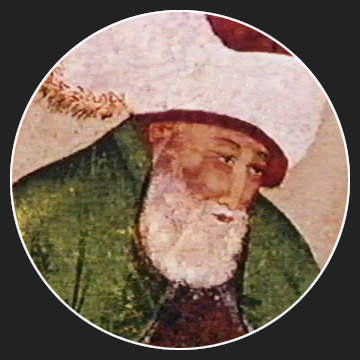
The seed of Sufism, that was gathered in the time of Egypt, was sown in the time of Adam, germinated in the time of Noah, budded in the time of Abraham, developed in the time of Moses, reached maturity in the time of Jesus, produced pure wine in the time of Muhammad.
Rumi
Online gathering
Introducing our TeachingJoin us for a six-day online presentation introducing the methods and origins of our teaching…
August 5 – 10
